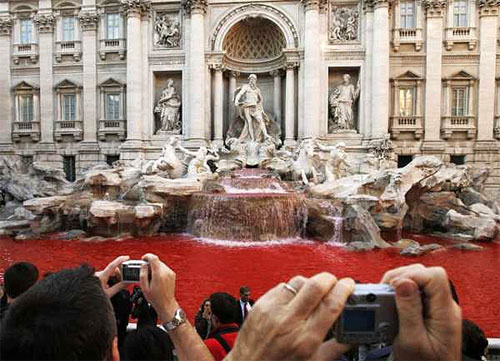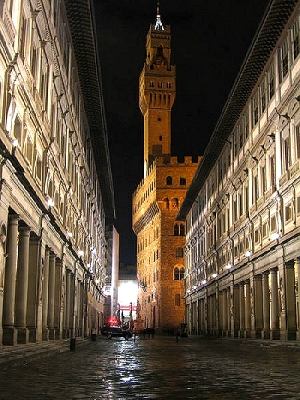



Nationalmuseet Museums, Denmark...................
The Nationalmuseet offers spectacular collections that reflect upon the culture and history of Danish and the Danish people. You can opt to explore the museum on your own, follow the do-it-yourself guide and gain a general overview of the museum in an hour, or participate in a guided tour with a member of the knowledgeable museum staff. The Danish Prehistory collection showcases the evolution from the Reindeer-hunters who arrived at the close of the Ice Age to the Viking Age of 800-1050 AD. The Bronze Age collection is one of the most popular exhibits at the Nationalmuseet. It is home to the Chariot of the Sun, a disc covered in a thin layer of gold that represents the sun when it is situated on the east-west trajectory. The collection also includes an oak coffin that preserved clothing from a teenage girl who was buried in 1370 BC, as well as numerous bronze lurs, the oldest Nordic instruments that were used during religious ceremonies. The Danish Middle Ages collection at the National Museum of Danish features galleries dedicated to various religious Danish art from 1000 to1536 AD.
It is one of the largest medieval collections housed at any of the museums in Danish, and it includes a unique and rare collection of clothing from medieval Greenland that was discovered in old church graveyards around the country. The Ethnographical Collection, showcases unique artifacts from around the globe, including nodding dolls from Eighteenth century China, a painting by Albert Eckhout, and religious artifacts from America before the arrival of Columbus. The Classical and Near Eastern Antiquities collection at the National Museum of Danish houses the largest exhibit in Danish of artifacts from the ancient peoples of Greece, Italy, the Near East and Egypt. The last collection to include in your itinerary should be the Victorian Home. It is a decorated flat that belonged to the Wealthy merchants Rudolph Christensen and the decor is exactly as it was between 1890 and 1914. The Dagmar Cross is one of the most popular artifacts in the Middle Ages collection; it is believed to have belonged to the sister of Valdemar the Victorious.
Valdemar, who lived from 1202 to 1241, is known as one of the most influential kings of Danish as he expanded the Danish kingdom and turned it into the strongest power in Northern Europe at the time. To complete the collection Middle Ages, there is a great exhibit of Danish drinking horns. The horns were passed around at guild meetings to show solidarity and commitment to the guild. They are great cultural artifacts that show the importance of guilds during the Middle Ages.The Nationalmuseet should be a definite stop on your travel itinerary to Danish. Located in the bustling capital city, Copenhagen this museum is easily accessible, offers free admission, and is conveniently located near hotels, budget-friendly hostels, and major attractions.
It is one of the largest medieval collections housed at any of the museums in Danish, and it includes a unique and rare collection of clothing from medieval Greenland that was discovered in old church graveyards around the country. The Ethnographical Collection, showcases unique artifacts from around the globe, including nodding dolls from Eighteenth century China, a painting by Albert Eckhout, and religious artifacts from America before the arrival of Columbus. The Classical and Near Eastern Antiquities collection at the National Museum of Danish houses the largest exhibit in Danish of artifacts from the ancient peoples of Greece, Italy, the Near East and Egypt. The last collection to include in your itinerary should be the Victorian Home. It is a decorated flat that belonged to the Wealthy merchants Rudolph Christensen and the decor is exactly as it was between 1890 and 1914. The Dagmar Cross is one of the most popular artifacts in the Middle Ages collection; it is believed to have belonged to the sister of Valdemar the Victorious.
Valdemar, who lived from 1202 to 1241, is known as one of the most influential kings of Danish as he expanded the Danish kingdom and turned it into the strongest power in Northern Europe at the time. To complete the collection Middle Ages, there is a great exhibit of Danish drinking horns. The horns were passed around at guild meetings to show solidarity and commitment to the guild. They are great cultural artifacts that show the importance of guilds during the Middle Ages.The Nationalmuseet should be a definite stop on your travel itinerary to Danish. Located in the bustling capital city, Copenhagen this museum is easily accessible, offers free admission, and is conveniently located near hotels, budget-friendly hostels, and major attractions.























